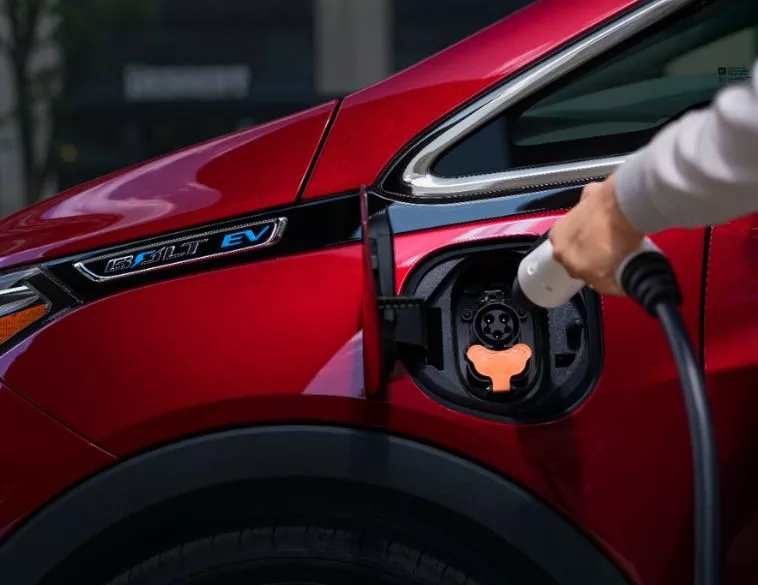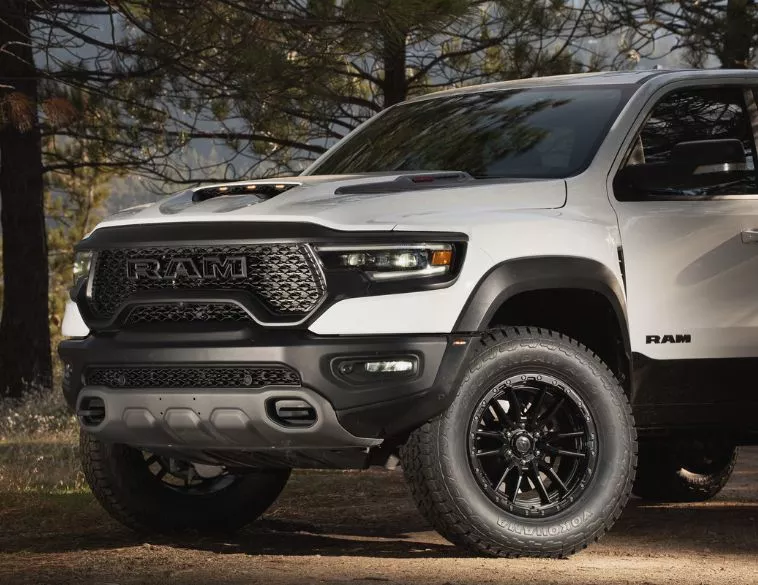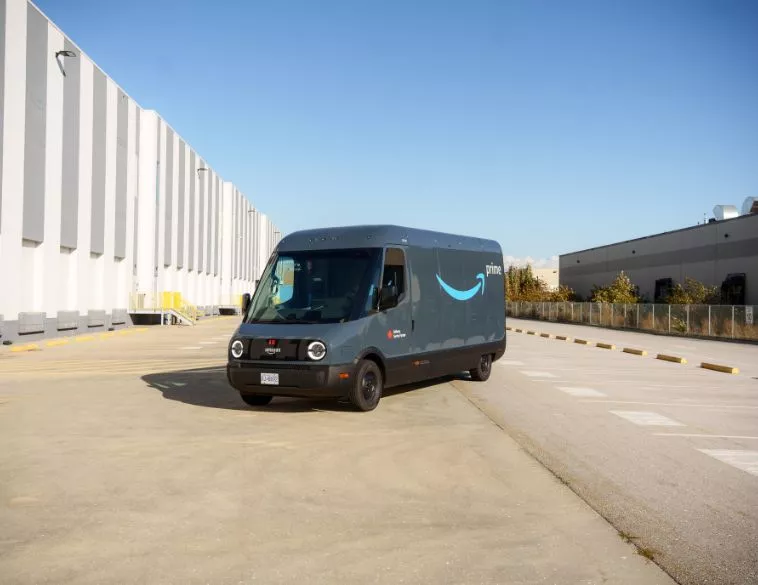Remarketing EVs

How to get top dollar for your hybrids and electric vehicles.
Within the last decade, there’s been a major push to get more electric vehicles into the market. Much of that has been driven by political considerations, including government incentives and mandates at the federal and provincial level.
For fleets, there have been some good opportunities to acquire lower or zero-emission vehicles, but those have often come with caveats. Furthermore, with a change in government policies, and a reduction or elimination of many incentive programs, there’s been a change in the trajectory of EV demand, and an impact on operational costs and residual values.
So what should fleets do, especially if they already have EVs and are looking to offload and remarket those units?
Holly Vollant, Manager, North American Remarketing for Holman notes that when it comes to the resale market for EVs, demand continues to soften. “Buyer hesitancy is largely tied to concerns about battery range and long-term battery health,” she says, “both of which are difficult to measure with transparency for perspective buyers.”
Additionally, fleets need to be aware that when they initially acquire new electric vehicles, these face a steeper depreciation curve than comparable ICE vehicles or hybrids. Further complicating the matter is the fact that although charging infrastructure and battery performance have been improving, infrastructure and range concerns still weigh heavily on buyer confidence, particularly in more remote regions of the country where chargers are still not readily available.
Therefore, Vollant says, it’s critical that fleet operators align residual value expectations with real market demand. She says it’s particularly important for fleets to time their vehicle liquidation strategies so that they align with peaks in market demand for these kinds of vehicles, as well as manufacturer incentive cycles.
At Inspiration Mobility, Maria Neve, Vice President eFMC Services and current NAFA Fleet Management Association Board President says that given today’s political and economic environment, fleets need to look at diversifying procurement strategies so they can obtain the right vehicles for the right use, while at the same time minimizing issues around delays or availability.
When it comes to EVs, the changing tax and legislative environment means that fleets need to take advantage of tax credits and incentives while they’re still available. Neve says that Canada is currently still moving forward with these kinds of initiatives, even though there’s been significant pullback in the U.S.
She notes that real data is showing that when EVs are deployed properly and performing the role they’re supposed to, the operational cost savings can be significant. More fleet driver surveys are demonstrating that when it comes to EVs, once drivers get used to them, they tend to be happier driving EVs vs. traditional internal combustion engine vehicles.
Nevertheless, fleets need to tread cautiously. EVs, particularly pure battery-electric models, are not for everyone and certain use cases work better than others. Fleet managers and their organizations need to do their homework and understand that they’re not just buying vehicles. Rather, they’re tapping into an entire ecosystem that includes the necessary charging infrastructure, routes, schedules, driver training, safety and vehicle maintenance, as well as the specific type of role these vehicles will be employed in and the environmental conditions they’re subjected to. In cold winter conditions, battery range and performance can decline significantly, and this must be factored into the equation when acquiring these assets.
Holman’s Vollant stresses the need for fleets to factor in total cost of ownership, and properly assess their acquisition strategy, before looking to purchase EVs. In today’s marketplace, they also need to understand that higher cost for EVs vs. comparable ICE vehicles at the time of acquisition tends to result in weaker residual values, meaning that when it comes to remarketing, they must factor in lower resale prices and reduced demand on the used market.
With that said, there are ways that fleets can maximize remarketing opportunities for these kinds of vehicles. One that’s proving effective are online, wholesale marketplaces. “These platforms provide nationwide exposure,” says Vollant, largely because they can target a large pool of potential buyers, which is particularly valuable for EVs where local demand might be limited.
Remarketing Hybrids
While battery electric vehicles (BEVs) have been gaining the lion’s share of both political and media attention in recent years, those fleets that are pushing forward with sustainability goals and looking at a cost-effective way to reduce fuel consumption are actively embracing hybrids. In fact, demand for hybrids has surged in recent years, much of it driven by concerns over range anxiety and charging infrastructure related to BEV vehicles. According to data from Statistics Canada, hybrid sales in this country surged by a staggering 60.7% in Q2 of 2025, compared with the same period the previous year, while in the U.S., demand was up by 36%.
Vollant says that the hybrid market is expected to strengthen further, with continued growth in adoption rates and solid consumer confidence. This is reflected in stronger residual rates for hybrids, which are more in line with conventional ICE vehicles than with EVs. Vollant says that when it comes to remarketing hybrids, it’s important to capture a wide audience, such as through national online wholesale auctions, but perhaps more importantly, to combine that with a robust maintenance strategy while these units are in service. She explains that Fleets that keep their vehicles—including hybrids—well-maintained and supported with complete service records “typically benefit from stronger resale performance.”




